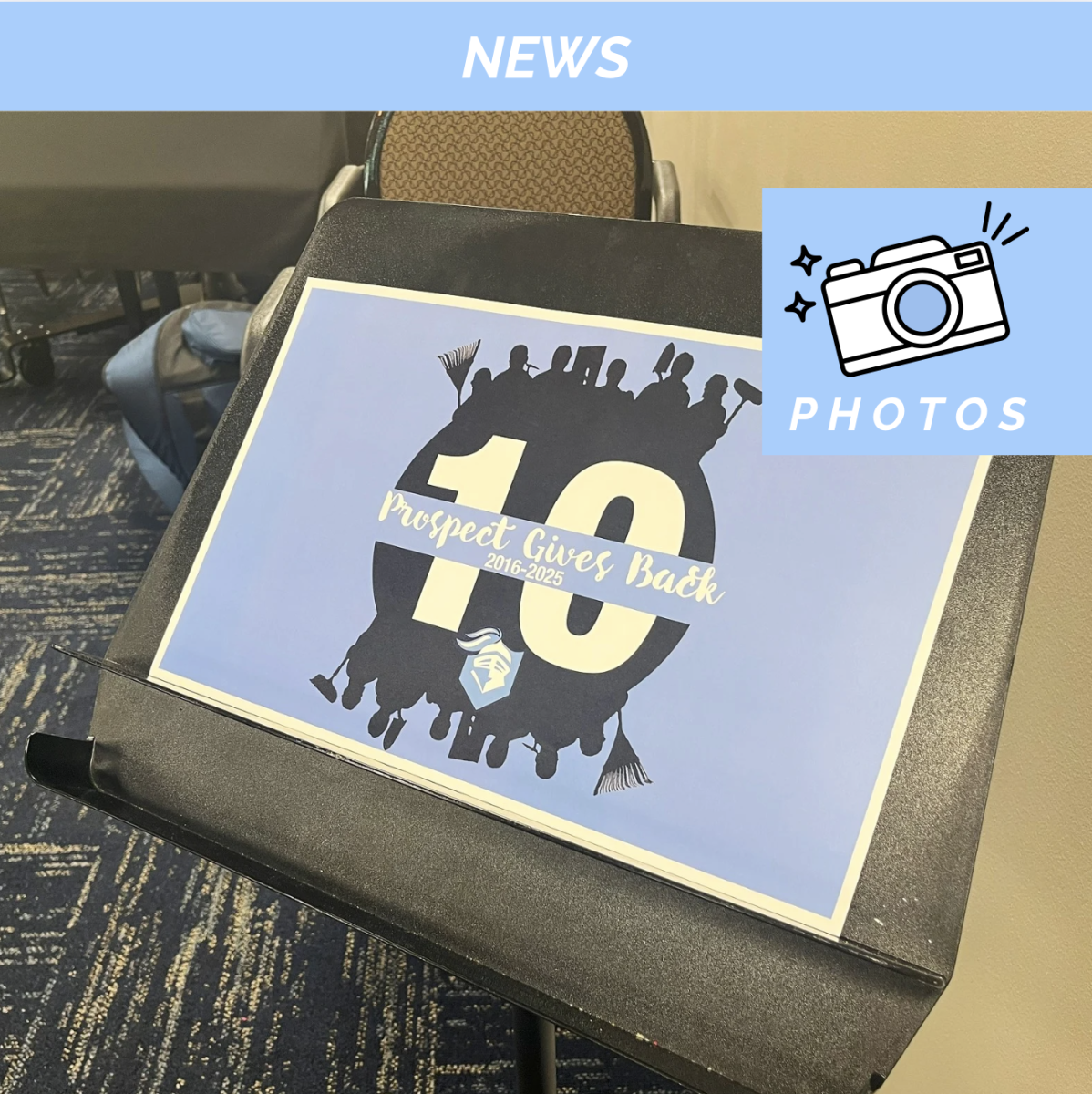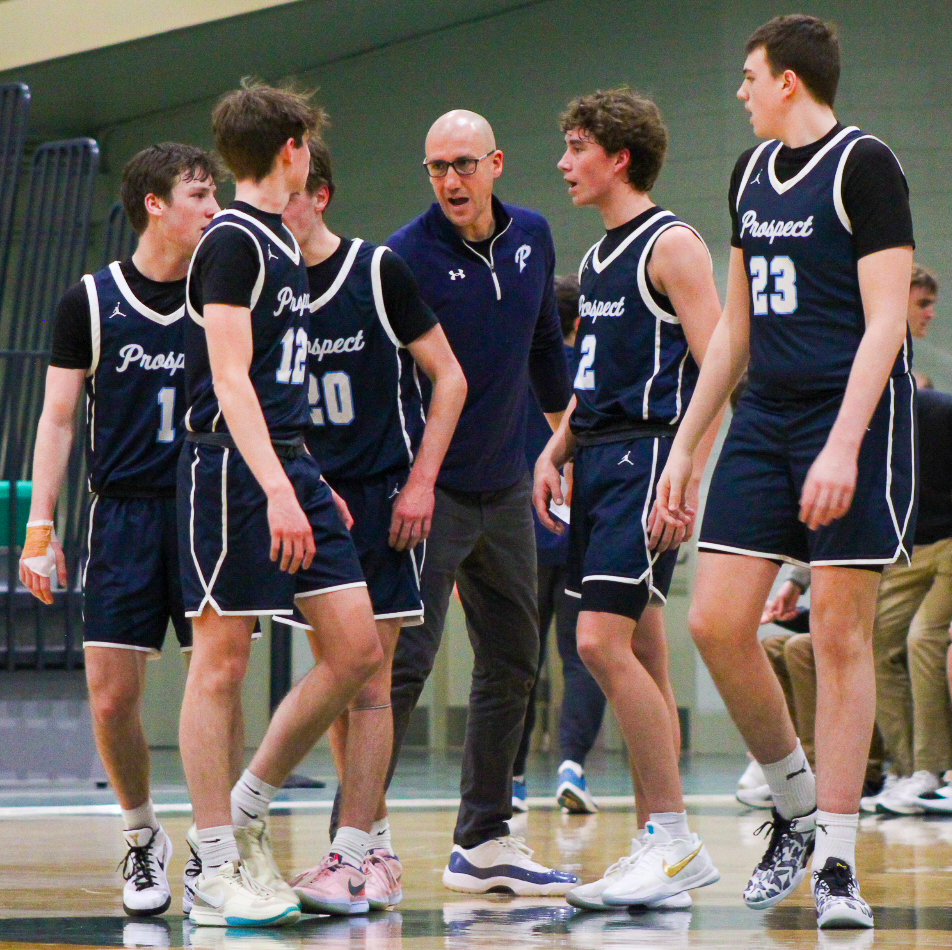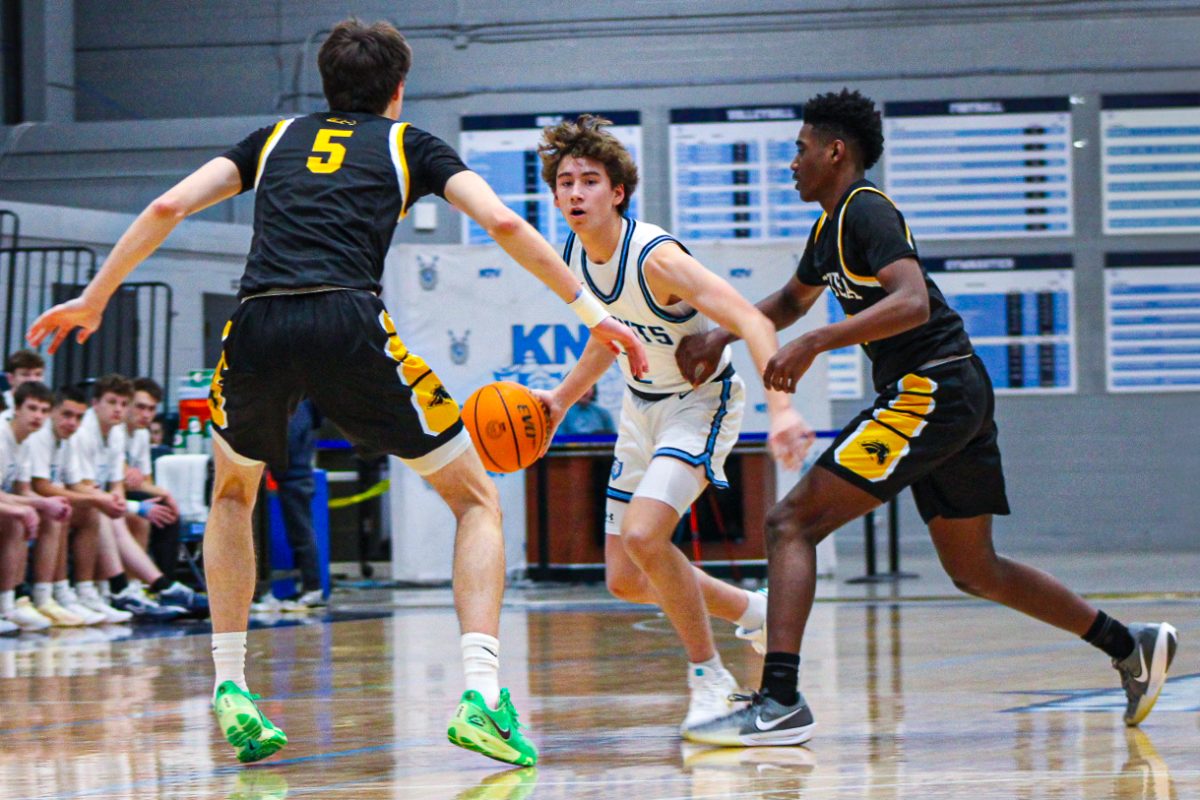Despite the name of the lab, I didn’t give much thought to the name “Cockroach Respiration Lab” until the day it arrived. And when that day did come, it would be best to describe my reaction as “conflicted.”
On one hand, biology amazes me. Every new lesson answers questions I’ve wondered for years, as well as offers new ones. But on the other hand, if one of those bugs started flying, I would have jumped out the window. One nearly crawled up my shirt sleeve, after all.
On September 9, Alyssa Genitoni’s AP Biology classes performed a lab where they would measure the carbon dioxide release of a cockroach with varying environmental factors. Some environments were colder, others warmer, and others were kept at room temperature. This required real live cockroaches to be used in the experiment.
“We use [this lab] to measure cellular respiration,” Genitoni said. “Things tend to be very human-centric. To use the cockroach, it gives you a different perspective because you’re [testing] something that is exothermic, [or in other words], it gets its heat from outside factors.”
The experiment consisted of determining how much carbon dioxide the roach’s cells produce when put under differing temperatures. The end result was that colder temperatures slow down their breathing rate, and thus produce less carbon dioxide.
But before all this, the students need to actually get the roaches into a glass container to test. And to the misfortune of most students, this meant grabbing them. Genitoni admits that it’s entertaining to watch them freak out by the bugs.
“When the students realize that they have to grab their own cockroaches from the [container], there’s all kinds of screams,” Genitoni said. “And teachers will come and peek in to see what we’re doing. Sometimes they run up someone’s arm and they have to grab them.”
Thankfully, cockroaches are completely harmless. The most damage they can realistically cause is a tingling sensation from them crawling in someone’s hand.
Genitoni does this lab because of how hands-on the activity is, letting the students see first-hand how their unit can be applied in real life.
“Students can see the cockroach in front of them,” Genitoni said. “They could read about it in a textbook, but [this lab] makes it more real.”













































































